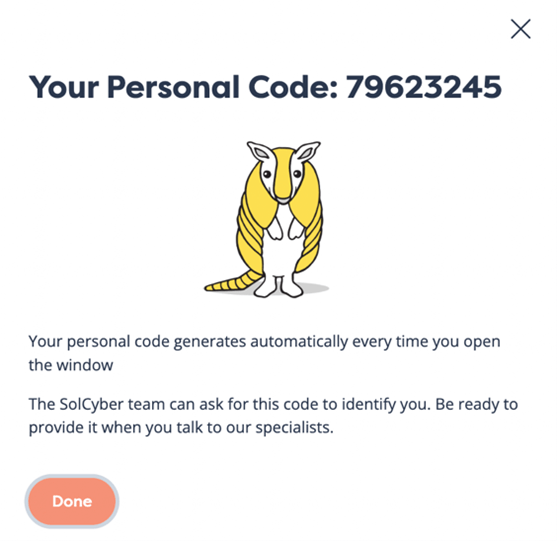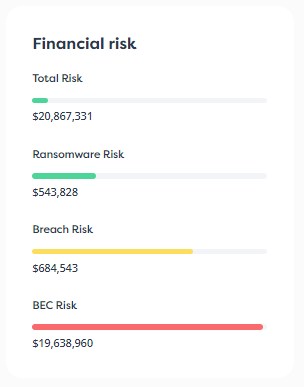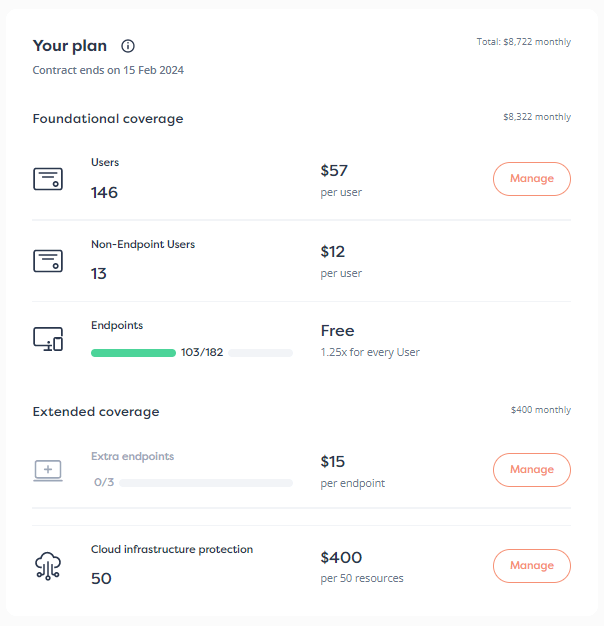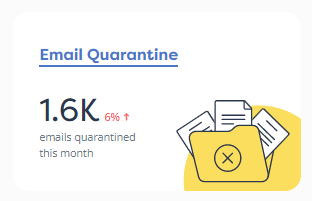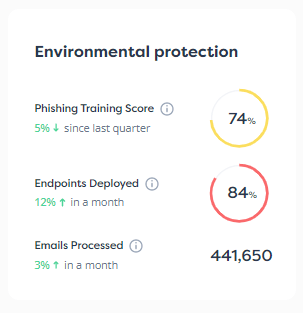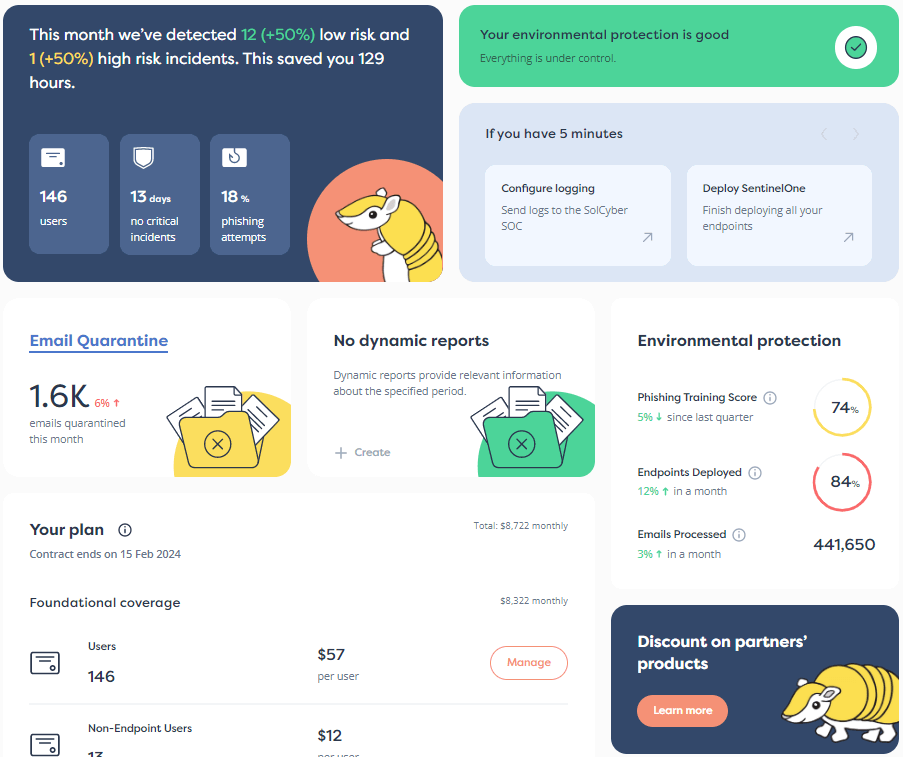

Your business might not have the resources and budget to invest in sophisticated cybersecurity tools. Managed security providers, however, often come with advanced technology and tools to help bridge the cybersecurity gap.
But how do you know if they’re bringing the right tools?
This guide walks you through seven essential cybersecurity tools and solutions a managed security provider should bring.
Today’s ransomware attacks have evolved and can take many forms, such as:
Protecting against ransomware is essential to protect company data. Not only can ransomware cause irreparable loss of important data, but it can also lead to regulatory fines if hackers leak customer data.
Ransomware protection and assessment tools evaluate your organization to assess attack readiness, train your employees to spot potential attacks that lead to malware, and leverage detection and identification tools that spot and prevent ransomware from running on devices
Vulnerabilities on an endpoint or in the network can provide attackers with unfettered access to your environment. It’s critical to know when these vulnerabilities are discovered and patch the appropriate systems or applications.
A good vulnerability management solution will not only ensure visibility across all assets but will also help you prioritize what to patch. It’s not always feasible to patch everything, but ensuring you patch critical and exploitable vulnerabilities first will go a long way to protecting everything.
User identity management is one of the most critical elements of your organization’s cybersecurity posture. When hackers gain access to a privileged user account, they gain the keys to the castle. Knowing this, hackers target Active Directory on a regular basis.
Various tools have emerged to combat this tactic. At a minimum, customers should look to review their AD configurations and user privileges to minimize the attack surface. Examples include removing stale accounts and enabling multi-factor authentication on all accounts.
Because Active Directory access can give attackers entry to the extremely high-privileged areas of your network, this solution is crucial.
Email protection doesn’t only refer to SPAM protection or AV scans. Attackers have shifted their tactics and many attacks don’t even contain malware. They can pretend to be executives to trick employees into paying fake invoices, or they can set up sites to trick users into giving up their usernames and passwords. In more advanced attacks, they may even use stolen business partner email addresses to establish trust.
Phishing plays a role in about 90% of all data breaches, according to the latest threat report from CISCO, so it’s vital to ensure that your email protection is top-of-line.
EDR solutions provide both real-time monitoring and post-incident response pertaining to endpoint security and potential compromise. These tools are designed to constantly monitor devices for anomalies and can be configured to alert security teams when suspicious activity occurs. Most importantly, they provide secure access for the MSSP to take action in order to contain the attack and prevent further business impact.
Given how many access points an organization has, an EDR solution is essential.
The Domain Name System (or DNS) matches domain names to IP addresses. Before you can access any site, your computer must perform a DNS query. Hackers can abuse this system in numerous ways. They can establish rogue DNS servers and exfiltrate company secrets by making bogus queries that contain sensitive data such as company passwords. A faulty DNS lookup system can also be exploited, resulting in users accessing malicious websites, putting remote employees most at risk.
A good DNS protection solution can also proactively block threats by preventing users from accessing malware download sites or the malware communication channels themselves.
User Entity & Behavioral Analytics (UEBA) detects cybersecurity threats, such as insider threats or targeted attacks based on user behavior. These tools use machine learning algorithms to establish a “normal” model of behavior for your users or organization. Whenever the solution detects a deviation from this behavior, it flags the event for further investigation.
These tools usually detect behavior across systems, endpoints, devices, third parties, and more to pre-empt attacks and spot malicious actors before they can do too much damage. The best UEBA solutions also offer comprehensive monitoring to ensure nothing is missed. This type of monitoring is becoming the most important function in finding today’s threats because 80% of attacks now involve valid credentials.
The tools described above can be both costly and complex to implement, but the right managed security program provider solves this problem and helps you enhance your cybersecurity posture in a cost-effective manner.
SolCyber offers a range of cybersecurity protection solutions that include all the essential tools plus 24/7 SOC support needed to protect your business. To learn more, visit SolCyber here.


By subscribing you agree to our Privacy Policy and provide consent to receive updates from our company.

